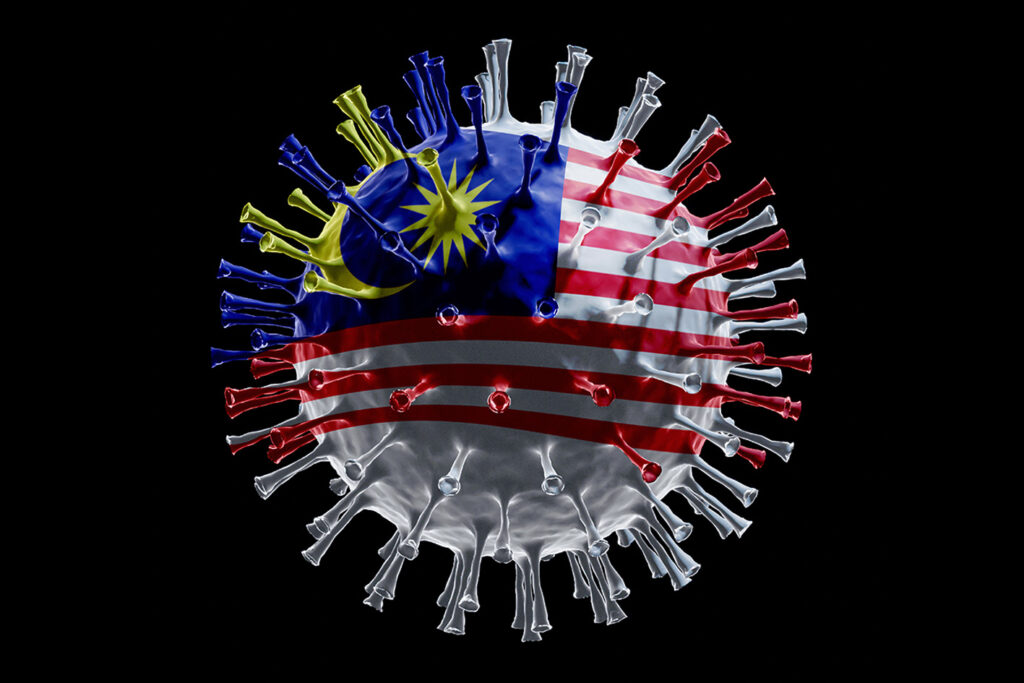Covid-19 and Packaging Box Printing in Malaysia

When Covid-19 struck Malaysia, its rapid spread led to a surge in cases, overwhelming ICUs and resulting in numerous fatalities.
Faced with no alternative, the Malaysian government enforced a nationwide shutdown, except for businesses dealing in essential products like food and medical supplies.
With uncertainty shrouding the return to normalcy, businesses, including packaging box printing in Malaysia, had to pivot to mitigate Covid-19’s impact. Here’s how we’ve adapted:
Packaging Box Design during Covid-19
The highly contagious nature of Covid-19, possibly exacerbated by the Delta variant, instilled fear, even among the vaccinated, leading to a reluctance to linger in crowded spaces like shopping centers.
Customers now prefer swift, efficient shopping experiences. Therefore, packaging designs must prioritize simplicity, cleanliness, and readability. Emphasizing brand identity and product visibility reduces search time, enhancing customer satisfaction.
Opting for minimalist designs also streamlines printing costs by minimizing elaborate finishes like hot stamping and spot UV, a gesture appreciated by product owners amid economic uncertainty.
Packaging Box for E-commerce
E-commerce emerged as the primary sales platform during Covid-19, necessitating packaging designs tailored for online presentation. With products viewed on small screens, clarity and simplicity are paramount.
Ensuring that brand logos and product features are easily discernible enhances consumer comprehension. As intricate finishes may not translate effectively on screens, prioritizing structural integrity over embellishments becomes crucial.
Robust packaging materials safeguard against damage during transit, preserving customer trust. Given lingering Covid-19 concerns, e-commerce remains pivotal, underscoring the importance of adapting packaging strategies accordingly.
Storage for E-commerce
Storage logistics pose a significant challenge for e-commerce, demanding flexible, space-efficient packaging solutions. Foldable, stackable packaging minimizes storage inconvenience, ensuring seamless inventory management.
Anticipating demand fluctuations and prioritizing weather-resistant materials safeguards against stock and packaging damage. In a competitive market, addressing storage issues promptly prevents customer defection to more accessible alternatives.
Packaging Box Safety
Debates surrounding packaging safety during Covid-19 persist, with some favoring plastic for perceived hygiene benefits. However, prioritizing plastic alternatives aligns with environmental sustainability goals, mitigating long-term ecological repercussions.
While adhering to Covid-19 protocols remains paramount, minimizing environmental impact ensures a sustainable future beyond the pandemic.
Digital Printing
The pandemic-induced downturn in business necessitated cost-effective printing solutions, driving the popularity of digital printing for its efficiency and scalability.
Eliminating the need for printing plates and manual labor, digital printing offers a streamlined, economical alternative, crucial for businesses navigating uncertain economic climates.
Automation
Amid Movement Control Orders, automation emerged as a vital resource to supplement dwindling manpower. Integrating automation, whether in packaging or e-commerce processes, enhances productivity and cost-effectiveness.
Automated labeling, for instance, reduces labor-intensive tasks, optimizing operational efficiency and resilience against future disruptions.
Final Thoughts
As Covid-19 transitions from epidemic to endemic status, businesses must embrace adaptability to thrive in the new normal. With online shopping trends likely to persist, prioritizing e-commerce readiness and minimalist packaging design is imperative.
Rather than focusing on expansion, consolidating operations and embracing change ensure resilience amidst ongoing uncertainties. By navigating these challenges strategically, businesses can emerge stronger, poised to thrive in a post-pandemic landscape.

